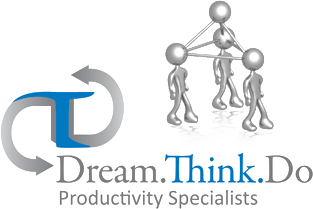Government High Frequency Communications

The Situation
- For 100 years high frequency (HF) beyond-line-of-sight was part of Defence communications.
- Over time various technologies and other reforms were cobbled together to provide integrated communications
- Bandwidth limits HF communications to less than 1/10,000 capacity of satellites
- Satellites became the default technology for almost all communications.
- HF funding expired, and a life-of-type extension was required without a way ahead
- Following approval of a second life-of-type extension, DTD was engaged
The Requirement
- Analyse existing and emerging capability definition document to identify gaps and integrate project stakeholders to develop a concise and cogent Gate 1 Business Case.
- Capture the reasoning for resources (money and effort) to support the benefit
The Challenge
- Definition of system boundaries and future stakeholder responsibilities
- Technical limitations of data that require individual and organisational change
- Creative solution for a complex integration problem requiring transition
- Ensuring governance meets changing regulatory and Defence obligations
- Sustainable resource attribution especially during the change program
Benefits realised (for client organisation and individuals)
- Identification of HF business benefits, by time horizon, to enable integration.
- Identification of stakeholders by position over the project life for their contribution to, or benefit derived from the project.
- Identification of risks associated with comparative technologies (e.g. satellites) to shape the HF project scope to improve business resilience and continuity
- Bringing forward of the Gate 1 Business Case by five months
- Establish a ‘proof of concept’ to facilitate key issues resolution through KPIs.
- Draft the project change control strategy including threshold, triggers, SMARTs and process
Methodology (why DTD)
- Conduct an alignment check through a stakeholder and information mapping exercise
- Development of a causal drivers for a cohesive framework that enables change
- Produce an integrated risk, quality and benefits matrix that includes stakeholder traceability to proposed capability options
- Establish metrics for project risk culture, appetite, target, and tolerance, with a determination of resources required to manage that process
- Mentoring and coaching of key stakeholders to align intellectual and emotional understanding to make effective decisions
Key People
- Doug Mitchell

Get in Touch!

